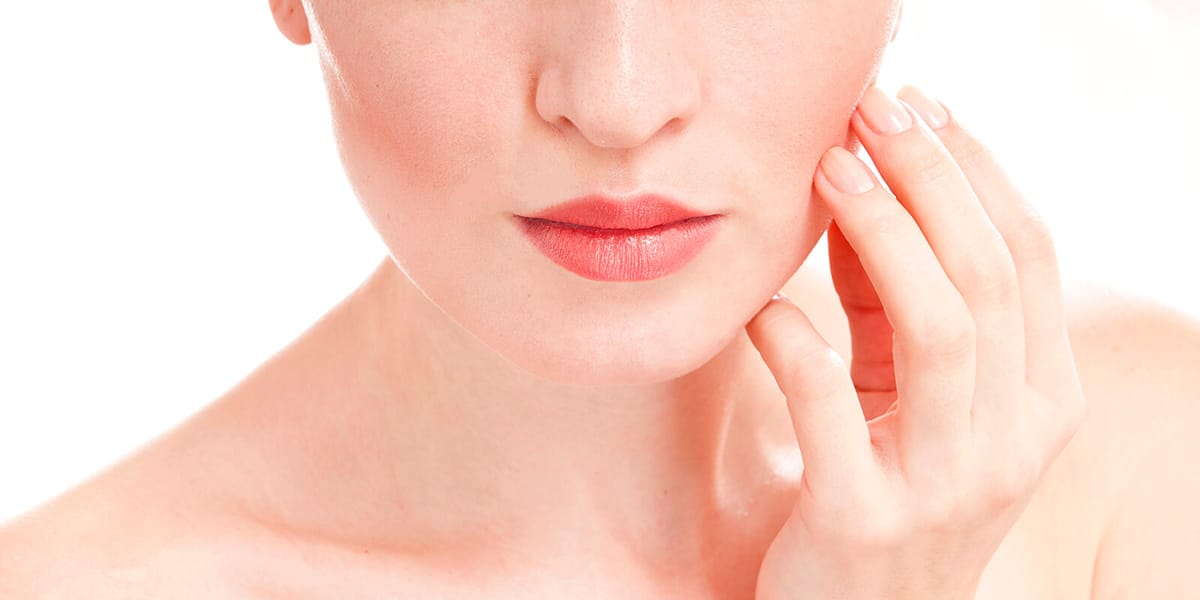Does your face ever become really red from staying out in the sun? Or how about when you’re stressed out or going for a workout? You may have what’s known as rosacea, a skin condition that affects over 14 million Americans.¹ Here’s everything you need to know about rosacea, its triggers, and some great ways to prevent flare-ups.
What exactly is rosacea? It’s a skin condition that’s characterized by redness of the face. The most common areas include the cheeks, nose, forehead, and chin. In more severe cases, the redness can even spread to the ears, neck, and chest, and bumps and pus-filled pimples may also form, though this can vary depending on the person. There’s currently no cure, though there are medications and treatments that can help reduce the swelling and flushing. As of now, we don’t really know the exact reason behind rosacea, but experts believe it’s a combination of genetic and environmental factors.²
So what exactly sets off a rosacea flare-up? It really depends on the individual. The most common trigger is sun exposure. Some other reported triggers include stress, exercise, alcohol, and even spicy foods. What happens is that the trigger stimulates the blood vessels of your skin to dilate, increasing blood flow to that area and causing redness and flushing of the skin.³Since sun exposure is one of the most common triggers that can cause rosacea flare-ups, it’s important to strengthen your sun protection. Make sure to use a broad-spectrum sunscreen with an SPF of at least 30. Since many people with rosacea also have sensitive skin, it’s a good idea to find a sunscreen that’s formulated for sensitive skin types. Covering up your body with UV-protective clothing, a wide-brimmed hat, and sunglasses are also good forms of sun protection. To stay protected in the sun, you can also use the free sun safety app, Sun Index. Available for iOS and Android, the app gives tailored sun safety recommendations, like how long you can stay out in the sun before you need to seek more sun protection. It can also tell you the hours that the sun is strongest during the day.
Sources:
- Skin Cancer Foundation (n.d.) Diseases Related To Abnormal Photosensitivity Responses of the Skin. Retrieved on June 12th, 2018
- Aldrich N., et al (2015) Genetic vs Environmental Factors That Correlate With Rosacea: A Cohort-Based Survey of Twins. Jama Dermatology, 151(11): 1213-9. Retrieved on June 12th, 2018
- National Rosacea Society. (n.d.) Frequently Asked Questions. Retrieved on June 12th, 2018



